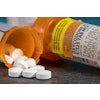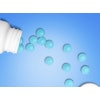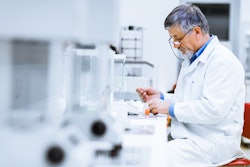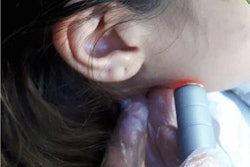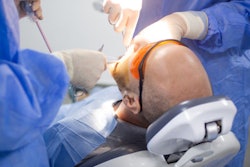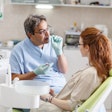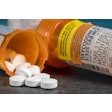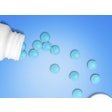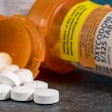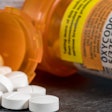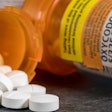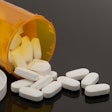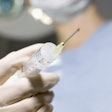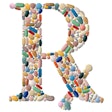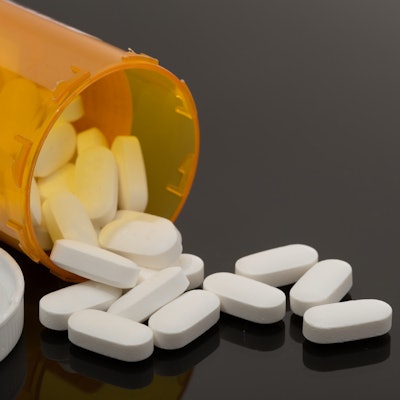
A combination of the opioid class drug tramadol and nonsteroidal anti-inflammatory drug (NSAID) dexketoprofen proved more effective than ibuprofen alone for managing pain after third-molar extraction, according to a report published in the Journal of Evidence Based Dental Practice.
Researchers from Spain monitored 72 patients who were prescribed either ibuprofen or tramadol-dexketoprofen to understand how well each worked after third-molar surgery. Their randomized clinical trial studied pain intensity and swelling, as well as pain relief, adverse effects of the medication, and patients' impressions of the medicine.
"Multimodal therapy proved more effective to manage moderate-severe pain after impacted third molar surgery in comparison to monotherapy. However, the improvement in relief must be balanced against the increased risk of adverse effects when considering this multimodal approach," wrote the authors, led by Cristina Vallecillo from the University of Granada School of Dentistry in Granada, Spain (J Evid Base Dent Pract, December 2021, Vol. 21:4, pp. 1-18).
Third-molar extraction can lead to moderate to severe pain for up to two days postsurgery. The trial examined the effectiveness of Enanplus (Laboratorios Menarini), a multimodal medication sold outside the U.S. that combines a less frequently studied opioid and NSAID combination, dexketoprofen, and provides an analgesic effect with fewer adverse effects than other NSAIDs. Tramadol provides an opioid effect while also inhibiting the reuptake of noradrenaline and serotonin, according to the authors.
In the double-blind randomized controlled trial, the researchers recruited patients undergoing lower third-molar extractions at the University of Granada School of Dentistry clinic from January to June 2019. Participants had to be at least 18 years old and not allergic to any of the drugs used in the study. People who were pregnant or breastfeeding or who took antibiotics the week before the surgery did not qualify.
Half of the participants were assigned to take a capsule of 400 mg ibuprofen every eight hours, while the other half were prescribed a capsule that contained 75 mg tramadol hydrochloride and 25 mg dexketoprofen every eight hours.
The same surgeons performed all third-molar extractions in the trial. Similarly, all patients rinsed their mouths for two minutes with a specific mouthwash and had their lips and perioral facial skin treated the same way.
For the surgery, patients received local anesthesia. Those who needed further relief were given 1 gram of acetaminophen.
Pain was analyzed using a visual analog scale score at various times after surgery. While the two groups experienced similar pain-intensity scores, those in the tramadol-dexketoprofen group reported significantly greater pain relief.
Moreso, rescue medication, or additional pain relief, was needed more frequently by patients in the ibuprofen group. Swelling was also lower in the tramadol-dexketoprofen group one day postsurgery, but not two days or seven days postsurgery.
"Superior pain relief was observed in the tramadol + dexketoprofen group," the authors wrote. "Previous studies found that the same combination and doses were more effective than monotherapy with 25 mg dexketoprofen or 100 mg tramadol or a multimodal approach with 75 mg tramadol/650 mg paracetamol (acetaminophen) to relieve acute moderate-severe pain after impacted lower third molar extraction."
While tramadol-dexketoprofen had a positive effect on pain relief, it also had its drawbacks. Nearly 42% of patients in the tramadol-dexketoprofen group had adverse effects to the medication, compared to only 9% of patients in the ibuprofen group. Nausea and dizziness in particular occurred more frequently in the tramadol-dexketoprofen group.
Importantly, the study had a small sample size and did not include a placebo. It also did not study the effectiveness of ibuprofen and acetaminophen -- a combination proven to rival the pain relief of opioid-NSAID combinations.
"Further research is warranted in wider patient samples to verify these results and identify the patients who would obtain the greatest benefit from this combination," wrote the authors of the report.


